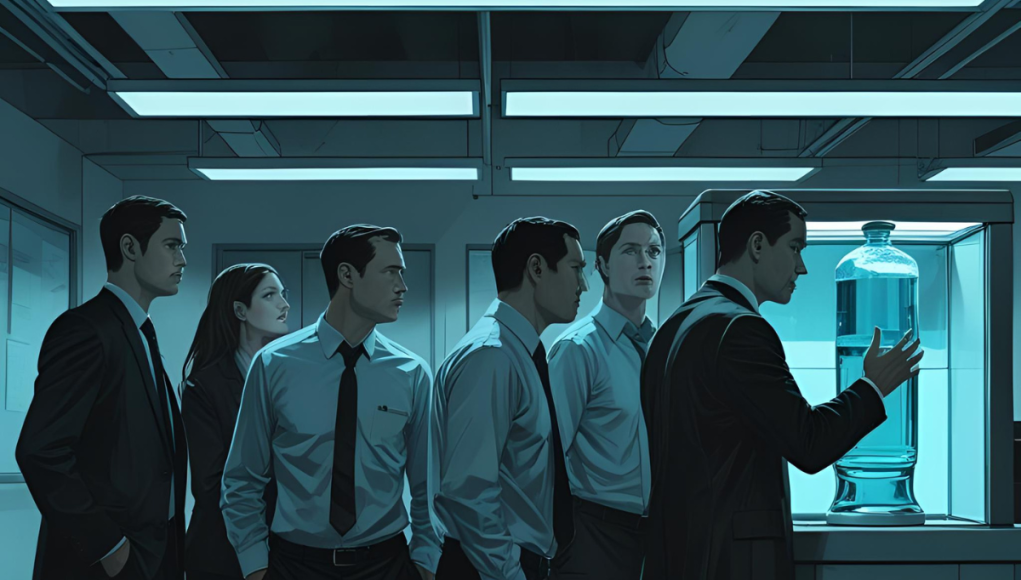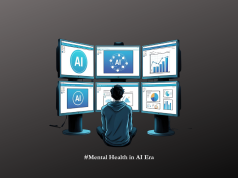As AI anxiety and RTO mandates mount, mistrust spreads. Can companies rebuild psychological safety before productivity plummets?
The New Face of Office Anxiety
It’s not just cubicles that are back—so is paranoia. Employees returning to the office are bringing something else with them: uncertainty, suspicion, and silence.
Dubbed “office paranoia,” this rising tide of mistrust isn’t just emotional. It’s strategic. From job security fears to AI replacements, workers are increasingly navigating their environments with caution, not collaboration.
And the watercooler? Once a symbol of camaraderie, now it’s more like a listening post.
Why Paranoia is Spiking
We’re in an era of surveillance software, economic volatility, and rapidly advancing automation. When leadership decisions aren’t transparent, imaginations fill in the gaps—often with worst-case scenarios.
Key drivers include:
- AI disruption: Tools that “optimize productivity” are often interpreted as signs that jobs are on the line.
- Return-to-office mandates: Many feel these policies signal distrust, not flexibility.
- Layoff waves: Frequent restructuring keeps teams in constant alert mode.
- Micromanagement tools: Keystroke trackers and webcam monitors breed unease.
Psychological Safety: The First Casualty
Paranoia doesn’t just hurt morale. It erodes the very foundation of high-performing teams: psychological safety.
When people feel they’re being watched, judged, or replaced, creativity dies. So does candid feedback, risk-taking, and teamwork.
Managers may see compliance. What they’re missing is innovation.
The Signs Are Subtle But Real
- Employees avoid taking initiative, fearing it could backfire.
- Ideas get sugar-coated or withheld, especially in group settings.
- Increased presenteeism, as people prioritize optics over outcomes.
- High performers disengage, quietly or through exit interviews.
What It Means for Productivity
A paranoid workforce doesn’t just underperform—it misfires.
- Projects take longer due to second-guessing.
- Decision-making gets diluted.
- Collaboration becomes transactional.
- Attrition rises as psychological contracts break.
In essence, companies get compliance over commitment.
Rebuilding Trust Starts with Transparency
To rebuild safety, leaders must lead with clarity. Here’s how:
- Explain the “why” behind tech and policy changes Especially around AI rollouts and RTO mandates. Employees can handle tough news—they can’t handle opacity.
- Audit internal language Replace “monitoring tools” with “performance support.” Words matter.
- Train managers to be culture stewards Middle managers carry trust across org layers. Empower them to listen, coach, and clarify.
- Model vulnerability at the top Leadership admitting uncertainty or error sends a powerful trust signal.
Small Shifts, Big Impact
Sometimes, psychological safety returns not with policies, but with gestures:
- Publicly crediting team ideas
- Opening forums for anonymous questions
- Having leaders join casual Slack threads
- Canceling unproductive meetings
Culture is built in the moments between strategy decks.
The Hybrid Workplace Complication
Remote work often shielded employees from immediate oversight. Back in-office, the implicit scrutiny feels sharper. Add AI analytics and badge swipe tracking, and even loyal workers may interpret good-faith actions as surveillance.
Firms must balance visibility with respect. Just because you can measure everything doesn’t mean you should.
Building a Culture of Calm
- Normalize emotion check-ins at standups.
- Create “town hall time-outs”—no-recording spaces for real talk.
- Let teams co-create norms: When people build the rules, they trust them.
Final Thoughts
Workplaces can be observant without being oppressive. They can be data-informed without feeling dystopian. But that balance requires intention, empathy, and consistent leadership signals.
If your team is more quiet than curious, more compliant than creative—it’s time to ask what fear is stifling them.
Related Reads: If this resonated, check out The Rise of Quiet Cracking for how silent burnout shapes team dynamics. Or explore 15 Revolutionary AI-Driven Careers Reshaping the Future Workforce for deeper insight into automation and work.
What are your thoughts on diagnosing trust gaps in your workplace? Email us at [email protected] or DM @TheWorkTimes on LinkedIn. Let’s turn paranoia into possibility.




























